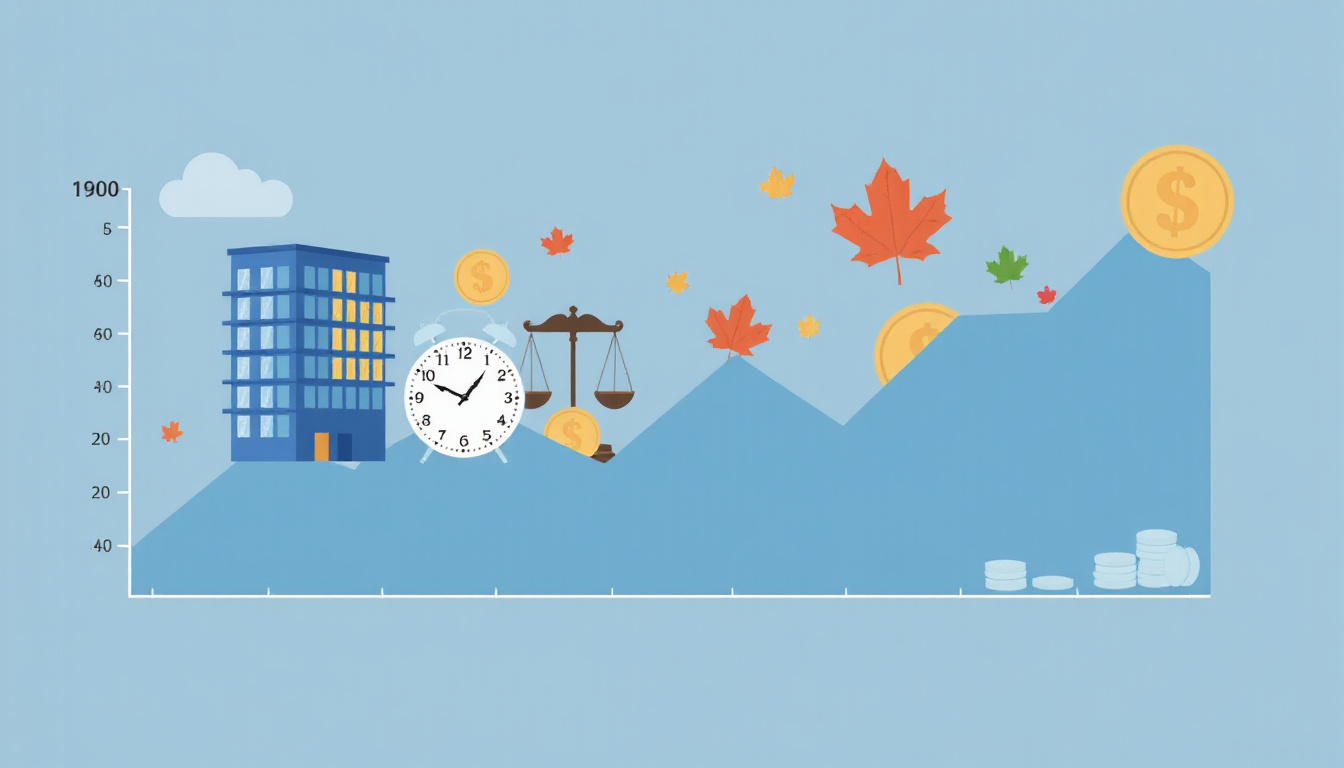As of 2022, Canada faced a bankruptcy rate of approximately
2.5% among its population, with this rate showing fluctuations influenced by economic conditions. Understanding the ‘bankruptcy rate in Canada by year’ offers valuable insights into the broader financial health of the populace. This statistic has seen interesting changes over the past decade, revealing how external factors such as economic downturns, changes in legislation, and consumer spending habits significantly affect bankruptcies.
In reviewing yearly trends, we see that the rate has been impacted by various elements including the COVID-19 pandemic, consumer debt levels, and government intervention. Future predictions suggest that as economic recovery continues, the bankruptcy rate may stabilize, but ongoing monitoring is crucial. Sources such as Statistics Canada and the Office of the Superintendent of Bankruptcy provide credibility to these statistics, painting a detailed picture of bankruptcy trends in Canada for journalists and content creators looking for reliable data.

Key Takeaways
- Canada’s bankruptcy rate has shown significant fluctuations from year to year.
- A detailed analysis reveals the peak years for bankruptcies in Canada, alongside the factors influencing these trends.
- Economic factors such as recessions and changes in credit laws play a crucial role in yearly bankruptcy statistics.
- Demographic shifts and regional differences highlight the varying bankruptcy experiences across Canada.
- Future predictions suggest a potential rise or stabilization in bankruptcy rates depending on economic recovery and policy changes.
Overview of Bankruptcy Rates in Canada
The bankruptcy rate in Canada by year has shown fluctuations in recent times, reflecting the broader economic conditions facing Canadians. As of 2023, the overall bankruptcy rate stands at approximately
0.30% of the Canadian population, a slight increase from
0.26% in
2022. This trend signifies the financial pressures many Canadians are experiencing owing to rising living costs and interest rates. According to the Office of the Superintendent of Bankruptcy Canada, consumer bankruptcies peaked during the economic downturns, particularly in 2020 during the COVID-19 pandemic, when the rate reached a high of
0.35%. However, numbers have since stabilized as the economy has rebounded. Understanding these annual rates is crucial for both individuals seeking debt relief options and policymakers aiming to address financial instability within the country. For more detailed statistics, you can refer to reports from the Office of the Superintendent of Bankruptcy Canada.
Yearly Trends: Analyzing Bankruptcy Statistics
In Canada, the bankruptcy rate has shown significant fluctuations over the years, with a notable increase in consumer bankruptcy filings in recent times. As of 2022, approximately
0.26% of the Canadian population declared bankruptcy, reflecting a concerning upward trend from
0.23% in 202
1. This increase can largely be attributed to rising living costs and economic challenges faced by many households post-pandemic. According to the Office of the Superintendent of Bankruptcy Canada, the total number of annual bankruptcy filings reached around 60,300 in 2022, marking a 13% rise from the previous year. These figures emphasize the growing financial distress faced by Canadians, as well as the need for effective debt relief solutions. Tracking the bankruptcy rate in Canada by year can provide vital insights into the economic health of the nation and the financial stability of its residents.
‘The only way to deal with the future is to function efficiently in the now.’ – Gwendolyn Brooks

Factors Influencing Bankruptcy Rates by Year
The bankruptcy rate in Canada by year has shown significant fluctuations, raising concerns among policymakers and citizens alike. As of 2023, approximately
0.25% of the Canadian population filed for bankruptcy, a rate that reflects a gradual increase over the past five years as economic pressures mount. Factors influencing this trend include rising consumer debt levels, interest rate hikes, and job market instability. According to the Office of the Superintendent of Bankruptcy, the last decade has seen an overall increase in personal bankruptcies, with notable spikes during economic downturns. For example, during the COVID-19 pandemic, bankruptcy filings surged by 30% compared to previous years, highlighting the impact of economic shocks on individual financial stability. Furthermore, the Canadian Bankers Association has reported that many Canadians are unaware of their debt-to-income ratios, leading to unmanageable financial situations that often result in bankruptcy. This data underscores the importance of financial education and robust support systems to help Canadians navigate their economic challenges.
Future Predictions for Bankruptcy Trends in Canada
The bankruptcy rate in Canada has witnessed fluctuations over recent years, with significant implications for consumers and the economy overall. According to industry experts and recent reports, it is projected that in 2025, approximately 30,000 Canadians will file for bankruptcy, showing a 4% increase from previous years. This change is attributed to rising living costs and increased household debt levels. Statistics Canada highlights this worrying trend, indicating that the bankruptcy rate—currently at about
0.89% of the population—is likely to reach around
1.12% by 2025 if current economic pressures continue. Understanding these projections is essential for policymakers and financial advisors as they shape effective interventions to support Canadians facing financial hardship.
